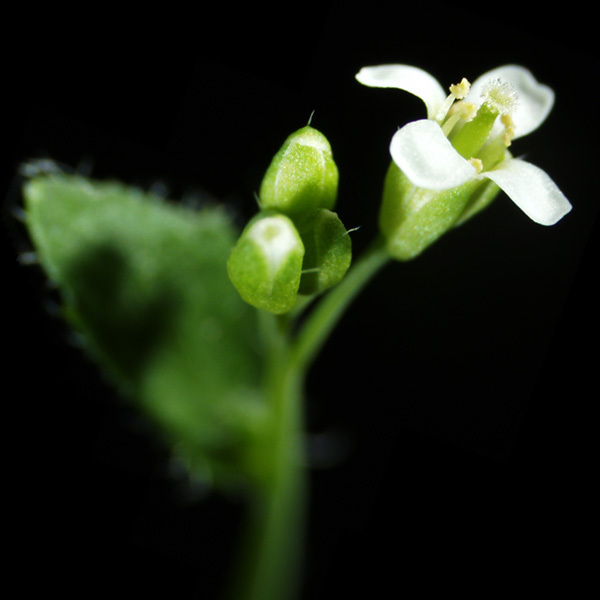The Impacts of Varying Types of Light on the Growth of Five Arabidopsis Varieties
(1) Acton-Boxborough Regional High School, Acton, Massachusetts
https://doi.org/10.59720/19-084
Arabidopsis is known as the “fruit fly of plants.” It is small and easy to grow, has a short life cycle, and has a small, easy-to-manipulate genome. Using Arabidopsis, we tested the effects of varied light conditions on the plant growth of mutants with dysfunctional light pathways. We tested five different strains: wild type, a phytochrome A mutant (phyA), a phytochrome B mutant (phyB), a phyA/phyB double mutant, and a DET1-1 mutant. With these mutants, we investigated how varied wavelengths and exposure of light affect the growth of the mutants. We found that the phyA mutant, the phyB mutant, and the double mutant all grew well in red light, with high germination rates and the largest average plant size. The phyB mutant grew the best under blue light, with the highest germination rate and the second largest average plant size. Under natural light, every strain grew relatively well, with high germination rates and consistent sizes. Although the DET1-1 mutant had a lower average size compared to the phyA and phyB mutations, it had the highest germination percentage, making it the most successful under no-light conditions.
This article has been tagged with: